Recap of Virtual Briefing on Executing the Emergency Proclamation
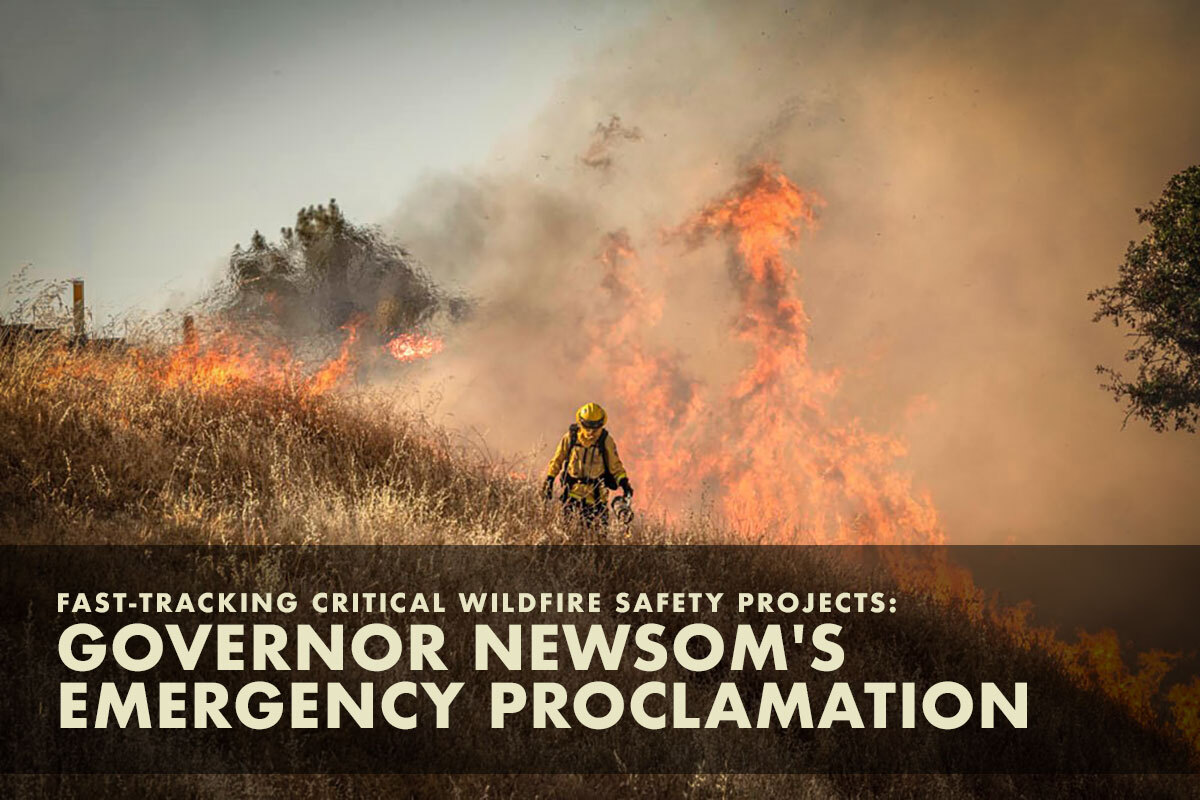
Recap of Virtual Briefing on Fast-Tracking Wildfire Safety Projects and Expanding Beneficial Fire
On March 1, 2025 Governor Newsom proclaimed a state of emergency to expedite projects that will protect California communities from catastrophic wildfire. The proclamation includes:
- Streamlining environmental regulations, including CEQA and the Coastal Act, as needed to expedite fuels reduction projects. Projects include vegetation and tree removal, adding fuel breaks, prescribed fire, and more.
- Allowing non-state entities to conduct approved fuels reduction work with expedited and streamlined approval.
- Directing state agencies to submit recommendations for increasing the pace and scale of prescribed fire.
- Increasing the California Vegetation Treatment Program’s (CalVTP) efficiency and utilization in order to continue promoting rapid environmental review for large wildfire risk reduction treatments.
Questions on Project Streamlining Requests: FuelsReductionSOE@resources.ca.gov
Beneficial Fire Recommendations: BeneficialFireInput@resources.ca.gov
Sierra Nevada Conservancy Awards $2.3 Million to 40 Acre Conservation League Forest Health Project
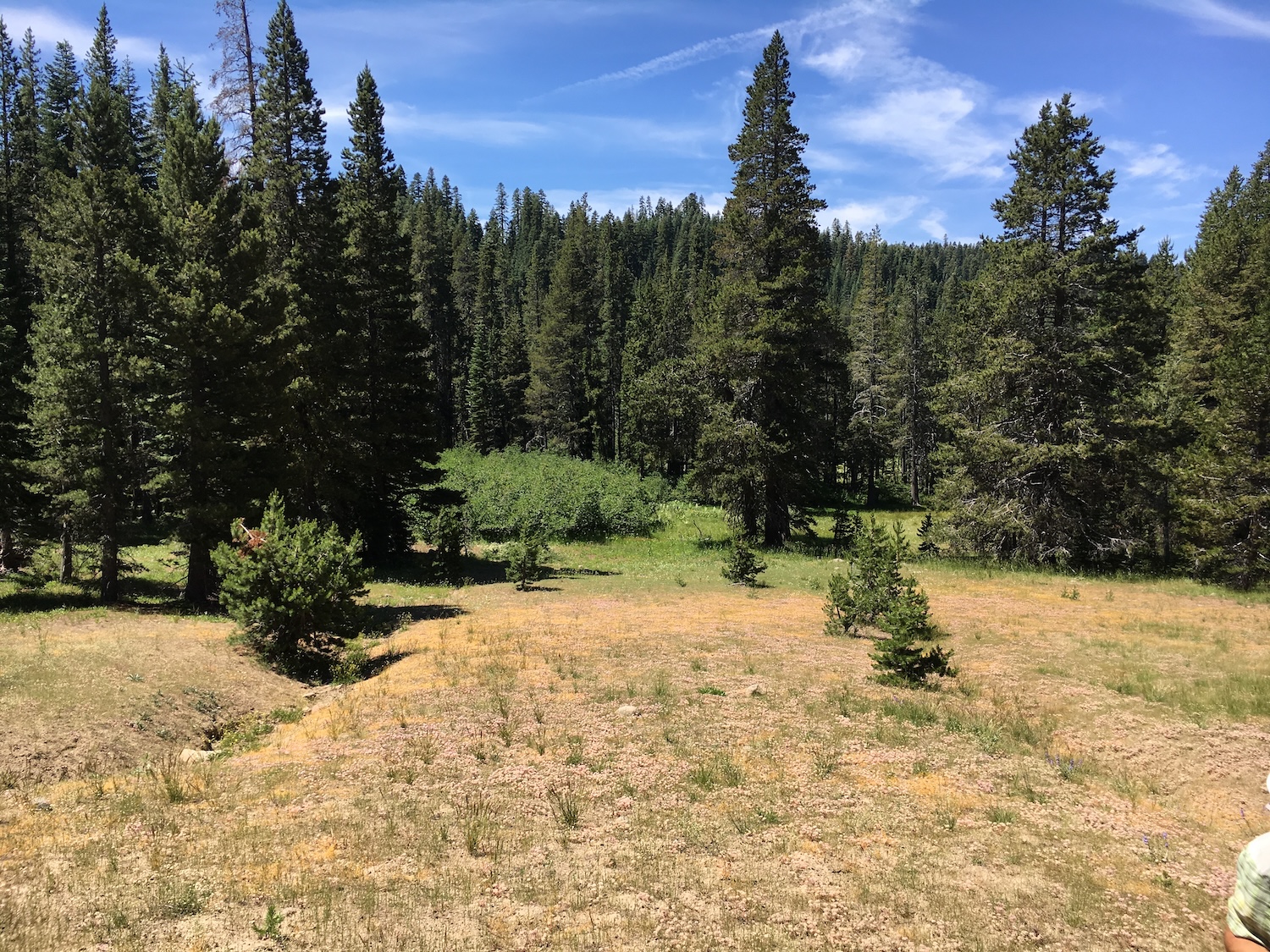
Sierra Nevada Conservancy Awards $2.3 Million to 40 Acre Conservation League Forest Health Project
March 6, 2025 – The Sierra Nevada Conservancy (SNC) awarded a grant of $2.3 million to the 40 Acre Conservation League to complete forest health work on its 650-acre property just west of Emigrant Gap in Placer County. The grant will pay for fuels-reduction treatment on 189 acres, complementing 374 acres currently being treated under a grant from the Wildlife Conservation Board. The project will reduce overgrown stand density, reduce brush and ladder fuels, improve existing tree health and species structure, replant native species, and improve wildlife habitat. As the only Black-led land conservancy in California, the 40 Acre Conservation League has a dual mission of conserving and restoring natural lands and developing inclusive and welcoming access for recreational and educational opportunities in nature.
President Trump Orders Immediate Expansion of American Timber Production
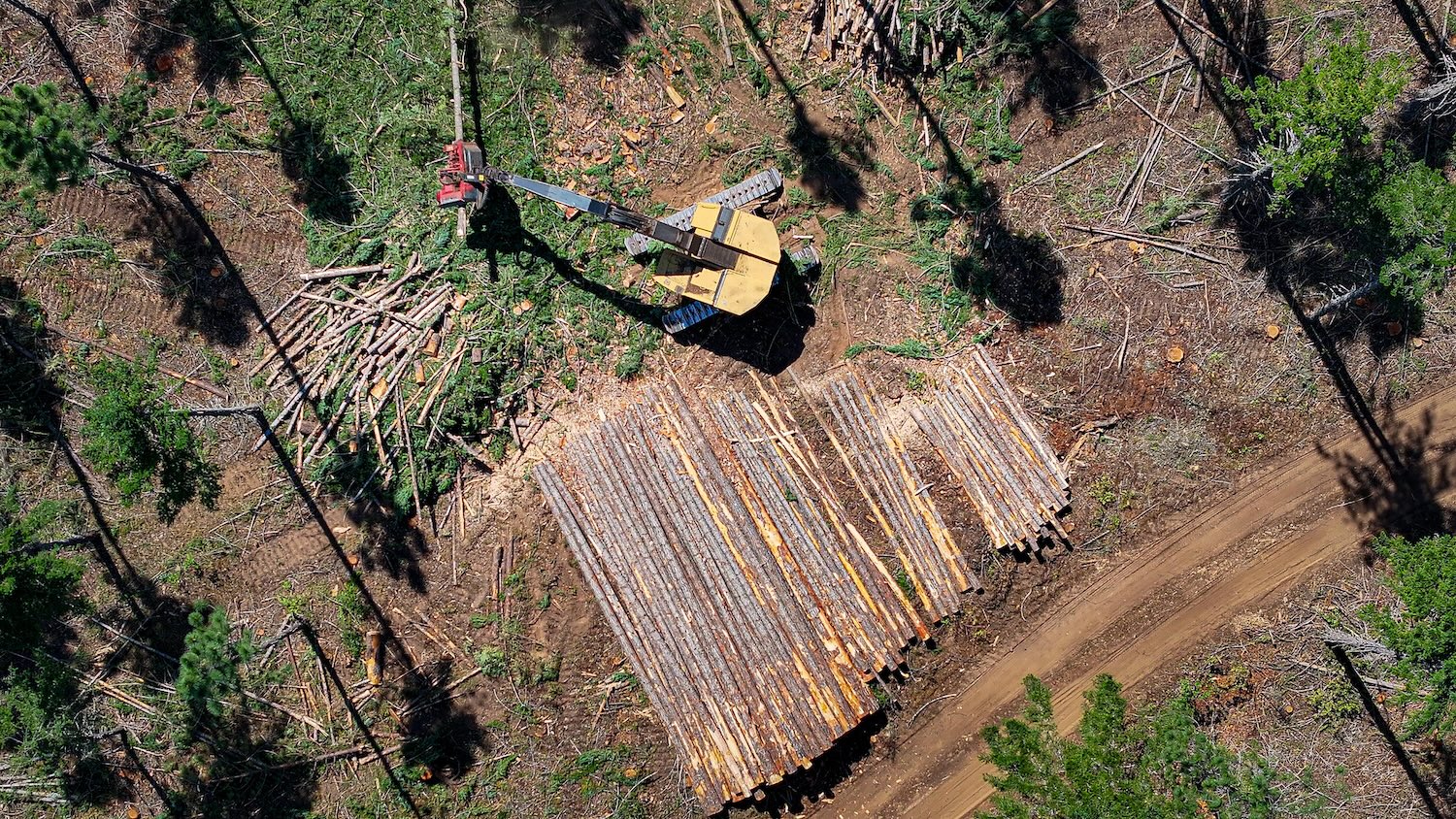
President Trump Orders Immediate Expansion of American Timber Production
March 1, 2025 – President Trump signed an executive order which aims to boost domestic timber production. The order directs the Secretary of the Interior and the Secretary of Agriculture to:
- Within 30 days, issue new or updated guidance regarding tools to increase timber production, reduce time to deliver timber, and decrease timber supply uncertainty;
- Within 60 days, complete a strategy on USFS and BLM forest management projects to increase speed of approving forestry projects under section 7 of the Endangered Species Act (ESA);
- Within 90 days, set a target for the annual amount of timber per year to be offered for sale over the next 4 years;
- Within 120 days, complete the Whitebark Pine Rangewide Programmatic Consultation under section 7 of the ESA;
- Within 180 days, consider adopting categorical exclusions administratively established by other agencies to comply with the National Environmental Policy Act for timber production, forest management, and wildfire risk reduction treatments; and
- Within 280 days, consider establishing a new categorical exclusion for timber thinning and re-establish a categorical exclusion for timber salvage activities.
The order also directs all relevant agencies to eliminate all undue delays within their respective permitting processes related to timber production and use ESA regulations on consultations in emergencies to facilitate timber production. Lastly, the order directs the federal members of the Endangered Species Committee to submit a report that identifies obstacles to domestic timber production related to the ESA.
Additionally, on March 12, 2025, the U.S. EPA announced 31 actions aimed toward environmental deregulation, including reconsideration of exceptional events rulemaking to work with states to prioritize the allowance of prescribed fires within State and Tribal Implementation Plans.
California Signs Cultural Burning Agreement with Karuk Tribe
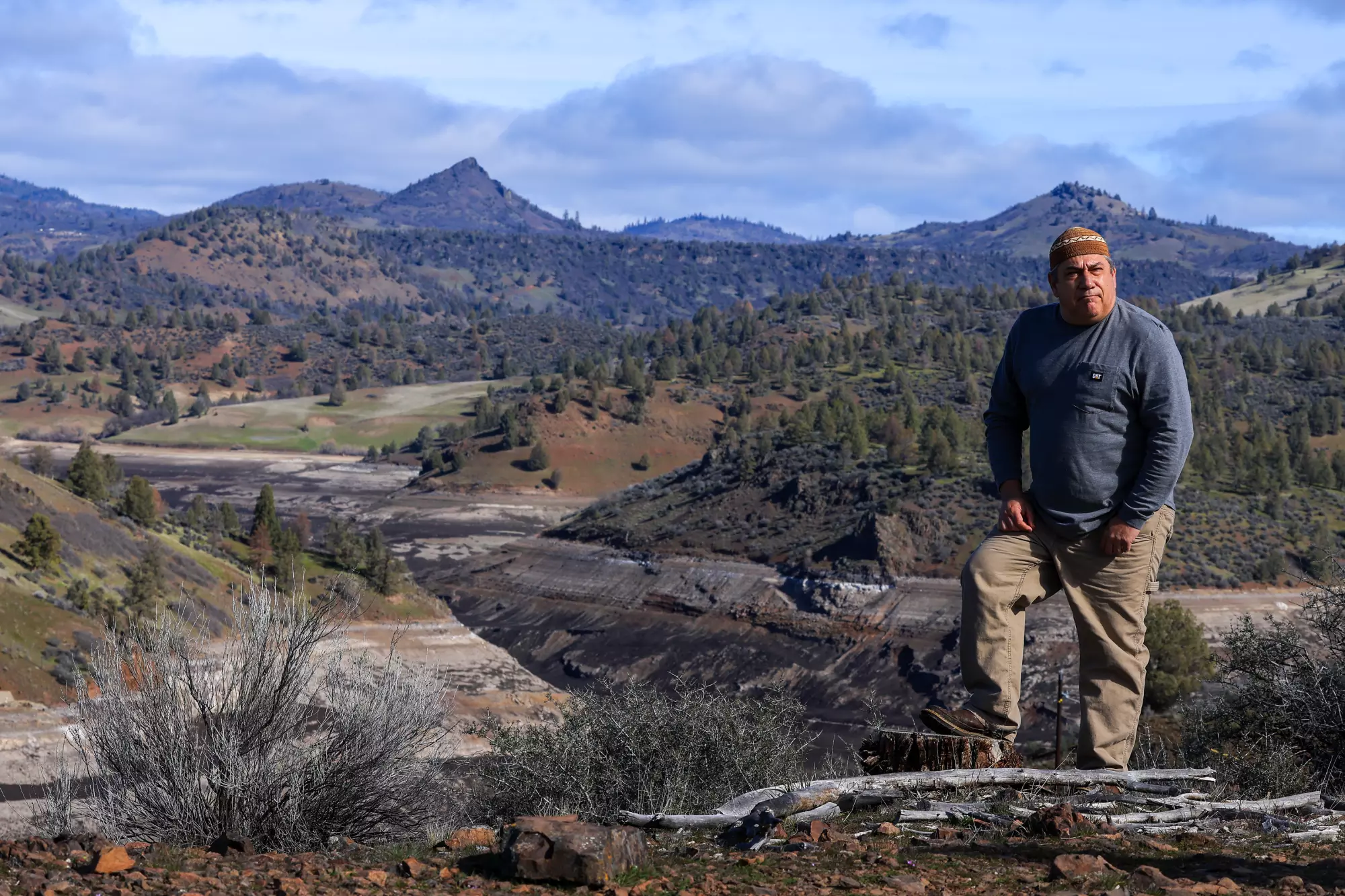
California Advances Wildfire Resilience and Honors Tribal Sovereignty Through Cultural Burning Agreement with the Karuk Tribe
March 7, 2025 – The Karuk Tribe and the California Natural Resources Agency (CNRA) have entered into a historic agreement as part of CNRA and CalEPA’s announcement that SB 310 is now in effect. This legislation and agreement acknowledges tribal sovereignty and addresses historical injustices while contributing to the mitigation of catastrophic wildfire by enabling CNRA and local air districts to enter into agreements with federally recognized California Native American tribes to support them in conducting cultural burns in their ancestral territories. For more information, read the FAQ on SB 310.
CNRA will be hosting a webinar about the landmark cultural burn agreement with the Karuk Tribe and SB 310 on April 1, 2025 at 1pm.
California Continues Quick and Effective Action to Assist Los Angeles Fires Recovery
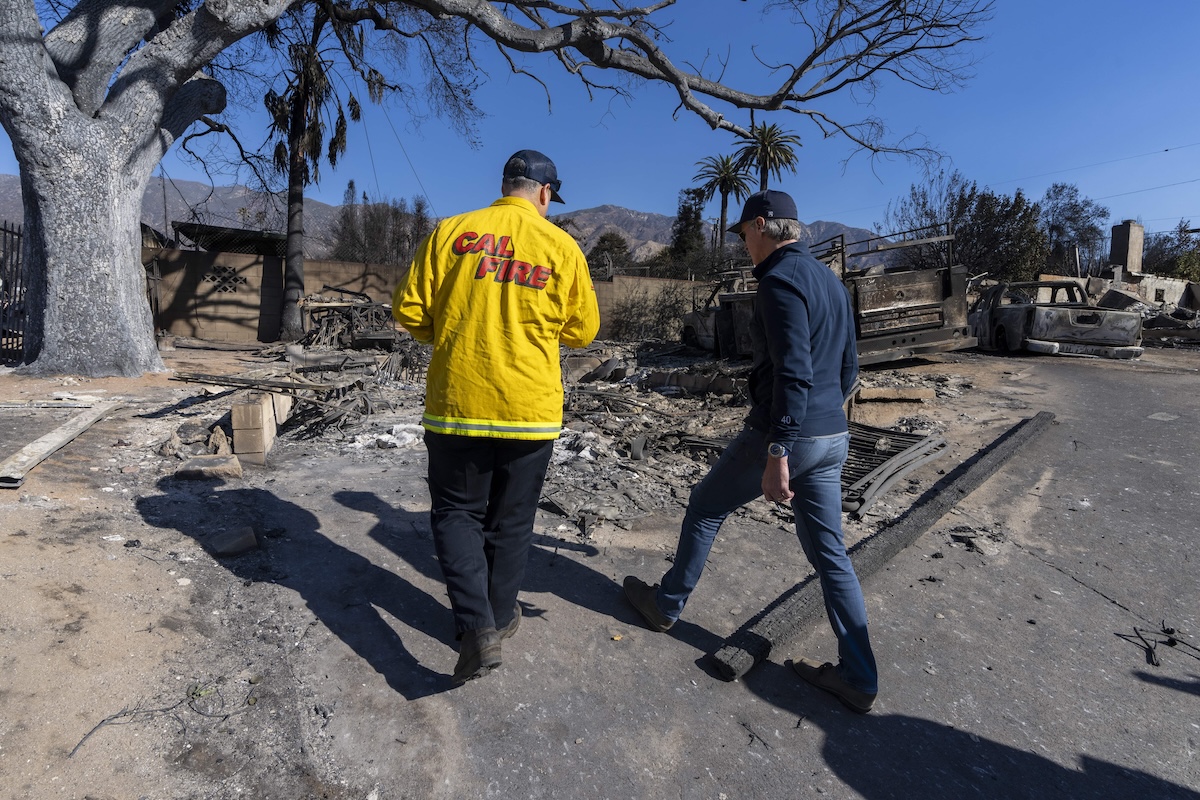
California Continues Quick and Effective Action to Assist Los Angeles Fires Recovery
February 7, 2025 – Governor Newsom has launched historic recovery and rebuilding efforts to accelerate recovery and signed legislation providing over $2.5 billion to support ongoing response and jumpstart recovery efforts for Los Angeles. The Governor has signed 15 executive orders that together are:
- streamlining rebuilding of homes and businesses;
- cutting red tape and suspending permitting requirements under the California Coastal Act;
- removing bureaucratic barriers to provide critical regulatory relief to help fire survivors rebuild, and access essential services;
- providing tax and mortgage relief to impacted communities and businesses, as well as extending tax deadlines;
- fast-tracking temporary housing and protecting tenants; and
- mobilizing debris removal and cleanup and protecting communities from flooding and landslides.
Additionally, State and federal resources have come together to accelerate a safe recovery for Los Angeles:
- The California Conservation Corps (CCC) responded quickly in recovery efforts by installing silt socks and straw wattles around storm drains in the burn zones to keep contaminants found in the ash from washing into the Los Angeles watershed. This was the largest deployment of Corpsmembers in CCC history targeting erosion and contaminant control.
- The California Department of Water Resources deployed over 30 watershed experts and engineers to Los Angeles to support fire mitigation work in burn scar areas and protect downstream communities by keeping toxic runoff out of local watersheds.
- The California Department of Conservation deployed its Watershed Emergency Response Teams to the front lines to quickly assess post fire hazards such as debris flows, flash floods, and falling rocks.
- The California Department of Fish and Wildlife (CDFW) is supporting intake of burned and impacted wildlife to rehabilitation centers, as well as relocating wildlife to help expedite recovery for both people and animals. CDFW also mobilized staff and volunteers to rescue a population of endangered Steelhead trout in Topanga Creek.
- California State Parks is working with US EPA, Cal OES, and CalEPA to help the recovery effort by hosting two temporary sites to safely process hazardous household materials removed from properties destroyed by the Palisades Fire.
- The U.S. Forest Service continues ongoing assessment of damage from the Eaton and Hughes fires through the deployment of Burned Area Emergency Response (BAER) Teams. These teams include scientists, historians and other subject matter experts that identify potential emergency threats on federal lands, such as human life and safety, national forest property, critical natural resources, and critical pre-historic and historic properties, and more. In addition, BAER Teams coordinate with other agencies, who assist businesses, homes and landowners preparing for rain events and potential flooding and debris flow in fire affected areas.
- The Bureau of Land Management (BLM) is currently engaging in emergency stabilization and rehabilitation (ESR) planning following the Border 2 Fire to mitigate the potential impacts of the burned area, such as mud and debris flows, erosion, and other damages. Additionally, BLM assessed impacts of the Hughes Fire and no emergency stabilization or rehabilitation needs were identified.
Senator Padilla Introduces Three Bipartisan Bills to Bolster Fire Resilience and Proactive Mitigation Efforts

Senator Padilla Introduces Three Bipartisan Bills to Bolster Fire Resilience and Proactive Mitigation Efforts
On February 3, U.S. Senator Alex Padilla (D-Calif.) introduced a package of three bipartisan bills to bolster fire resilience and proactive mitigation efforts. The package includes:
• Wildfire Emergency Act— Would reduce the threat of destructive wildfires through forest restoration, firefighter training, energy resilience retrofits, and wildfire-hardening home modifications in low-income communities. Specifically, the legislation would:
-
-
- provide the U.S. Forest Service (USFS) with a pilot authority to leverage private financing to increase the pace and scale of forest restoration projects;
- authorize funding for programs to expand the forest conservation and wildland firefighting workforce;
- establish an energy resilience program at the U.S. Department of Energy (DOE) to ensure that critical facilities remain active during wildfire disruptions, authorizing up to $100 million for necessary retrofits;
- expand an existing DOE weatherization grant program to provide up to $13,000 to low-income households to make wildfire-hardening retrofits;
- expedite the placement of wildfire detection equipment on the ground, such as sensors or cameras, as well as the use of space-based observation;
- establish a prescribed fire-training center in the West and authorize grants to support training the next generation of foresters and firefighters; and
- authorize up to $50 million to support community grants of up to $50,000 for locally focused land stewardship and conservation.
-
• Fire-Safe Electrical Corridors Act— Would allow the USFS to approve the removal of hazardous trees near power lines on federal lands without requiring a timber sale, thereby easing the removal of hazardous trees, and reducing the risk of catastrophic wildfire. This would allow the USFS to provide standing permission for electrical utilities to cut and remove hazardous trees near power lines within existing rights-of-way without requiring a timber sale. Utilities would be required to return any proceeds to the USFS.
• Disaster Mitigation and Tax Parity Act— Would further incentivize homeowners to proactively protect their homes from disasters by providing a tax exemption on payments from state-based programs. Specifically, the bill excludes qualified catastrophe mitigation payments made under a state-based catastrophe loss mitigation program from gross income calculations.
See Progress on Protecting People and Communities from Wildfire
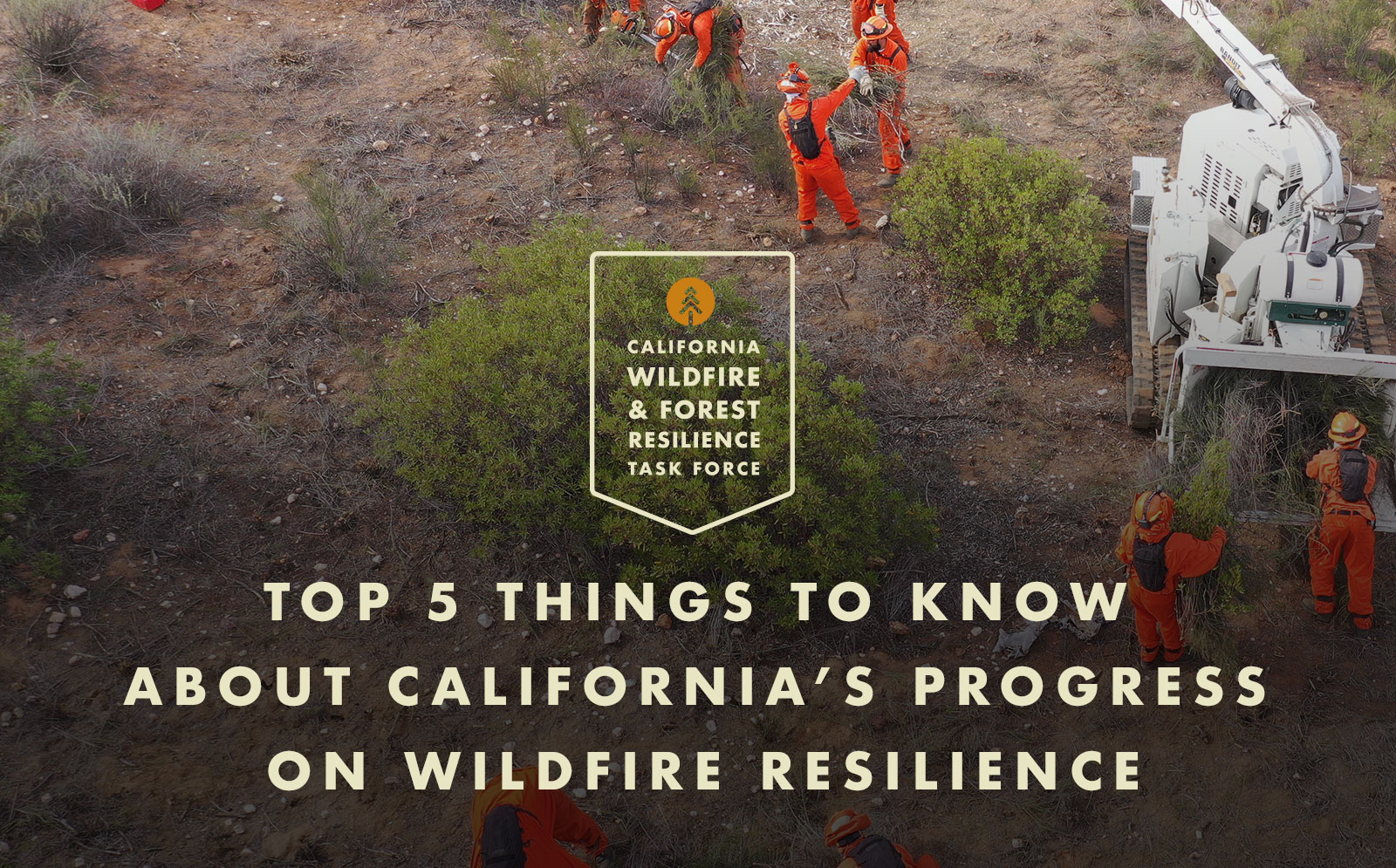
From day 1, Governor Newsom declared California’s firefighters and wildfire resilience as a top priority of his administration. And California and partners continue to deliver nation-leading results. Since taking office, the Governor has committed more resources and investments than ever before to significantly boost wildfire response capabilities while tackling root causes of the wildfire crisis head-on.
Here are the top 5 things to know about California’s progress on protecting people and communities from wildfire:
1. Historic Investments Making Big Impacts Statewide
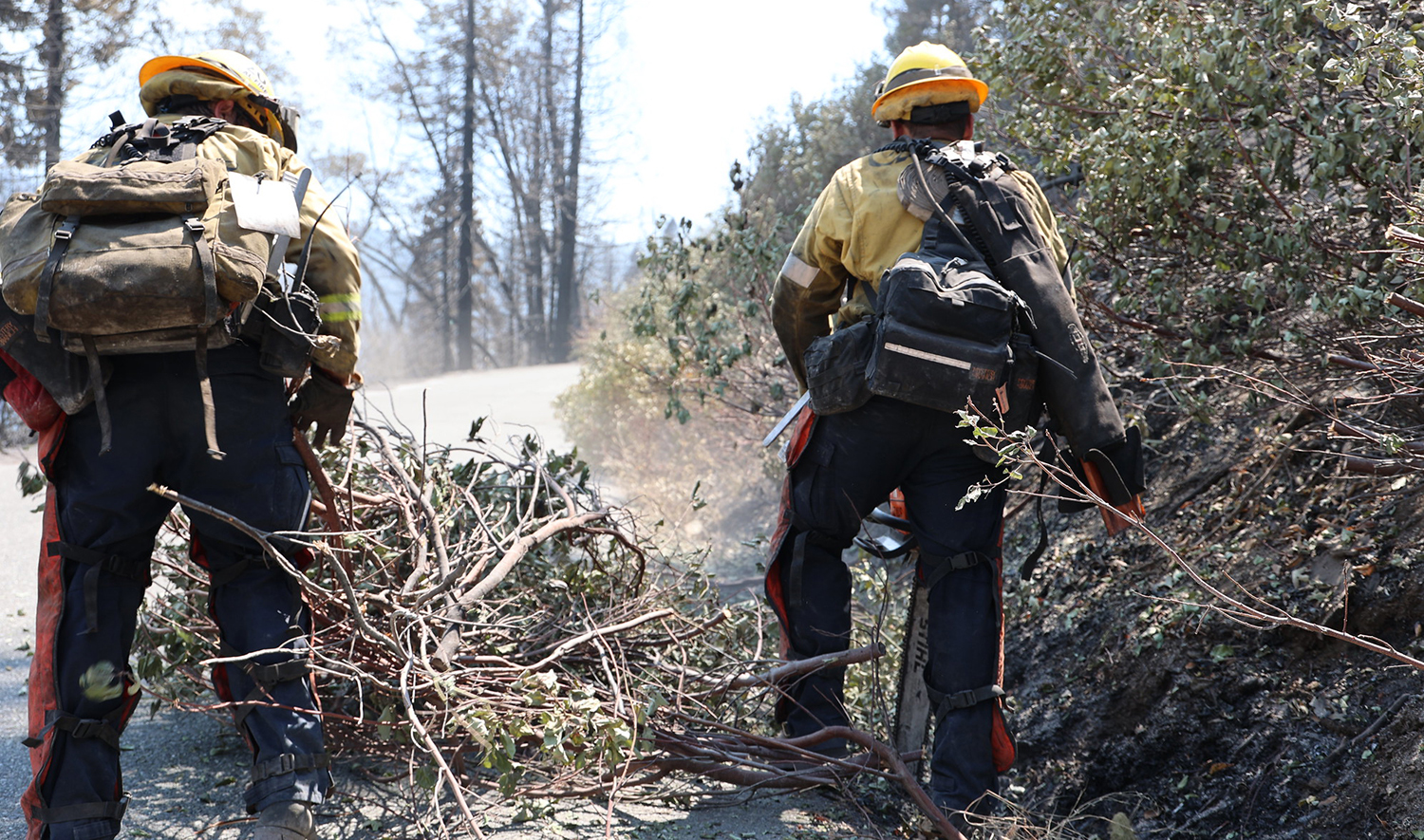
• Invested $2.5 billion: California has invested more than $2.5 billion in wildfire resilience since 2021 and the Governor is committing to invest an additional $1.5 billion from the 2024 voter-approved climate bond (known as Proposition 4).
• Doubled CAL FIRE resources: To support more effective wildfire response, CAL FIRE nearly doubled its fire protection staff since 2019 from 5,829 to 10,741 positions, and nearly doubled its fire protection budget from $2 billion to $3.8 billion.
• Added 2,400 firefighters: The Governor’s proposed investments will add 2,400 new firefighters to CAL FIRE’s firefighting force over the next five years.
• Boosted Cal OES: Since 2019, the budget of the California Office of Emergency Services (Cal OES), a key agency in responding to and rebuilding after fires, increased from $1.8 billion to $3.1 billion, and its staffing grew from 1,139 to 1,879 positions.
2. On the Ground in California's Wildlands: Unprecedented Results in Record Time
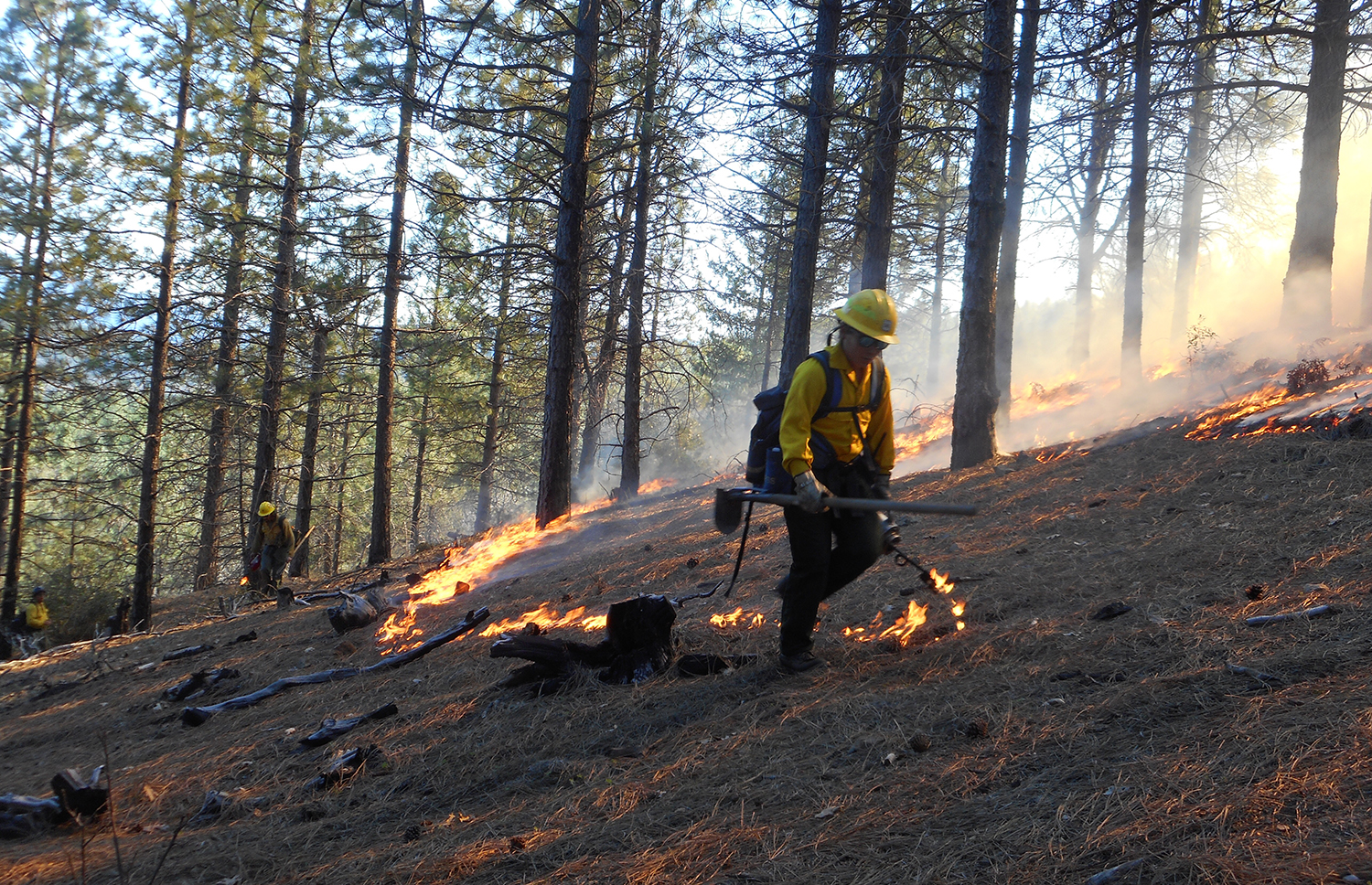
• Launched 2,200 projects: These historic investments continue to pay off. More than 2,200 landscape health and fire prevention projects are underway, and from 2021-2023, the state and its partners treated nearly 1.9 million acres, including nearly 730,000 acres in 2023.
• Nearly doubled prescribed fire: Prescribed fire treatments nearly doubled between 2021 and 2023. Federal, state, and local agencies completed 260,000 acres of prescribed fire treatments in 2023.
• Created emergency teams: State and federal partners have established 15 Emergency Forest Restoration Teams (EFRTs) across the state to rapidly restore private forestlands after fires.
• Awarded $500 million to forest health: Since 2021, CAL FIRE has committed more than $500 million in support of 150 wildfire and forest resilience projects through its Forest Health Grant Program
• Built local capacity: The Department of Conservations’s Regional Forest and Fire Capacity (RFFC) program has awarded more than $140 million to communities across the state to create fire adapted communities and landscapes.
• Promoted tribal projects: CAL FIRE awarded $25.7 million in 2023 and 2024 for 18 projects to help California Native American tribes manage ancestral lands and promote wildfire resilience.
3. New Tools Increase Transparency and Show Progress in Action

• Innovative tools for tracking progress: The Governor’s Task Force launched an Interagency Treatment Dashboard to display completed federal, state, local, and private vegetation management projects across the state. The Dashboard, launched in 2023, provides transparency, tracks progress, facilitates planning, and informs firefighting efforts.
• Documenting effectiveness: See for yourself. CAL FIRE’s Fuels Treatment Effectiveness Dashboard spotlights and documents how recent wildfire resilience projects are protecting communities and landscapes when wildfire strikes. Examples of effective resilience projects include the Loafer Creek LLC Vegetation Management Project, where prescribed fires and forest health treatments slowed the 2024 Park Fire and the Starchman Fuel Break Project that reduced the rate of spread of the 2024 French Fire, enabling fire crews to extinguish it.
4. Protecting Neighborhoods and Empowering Communities to Join the Movement
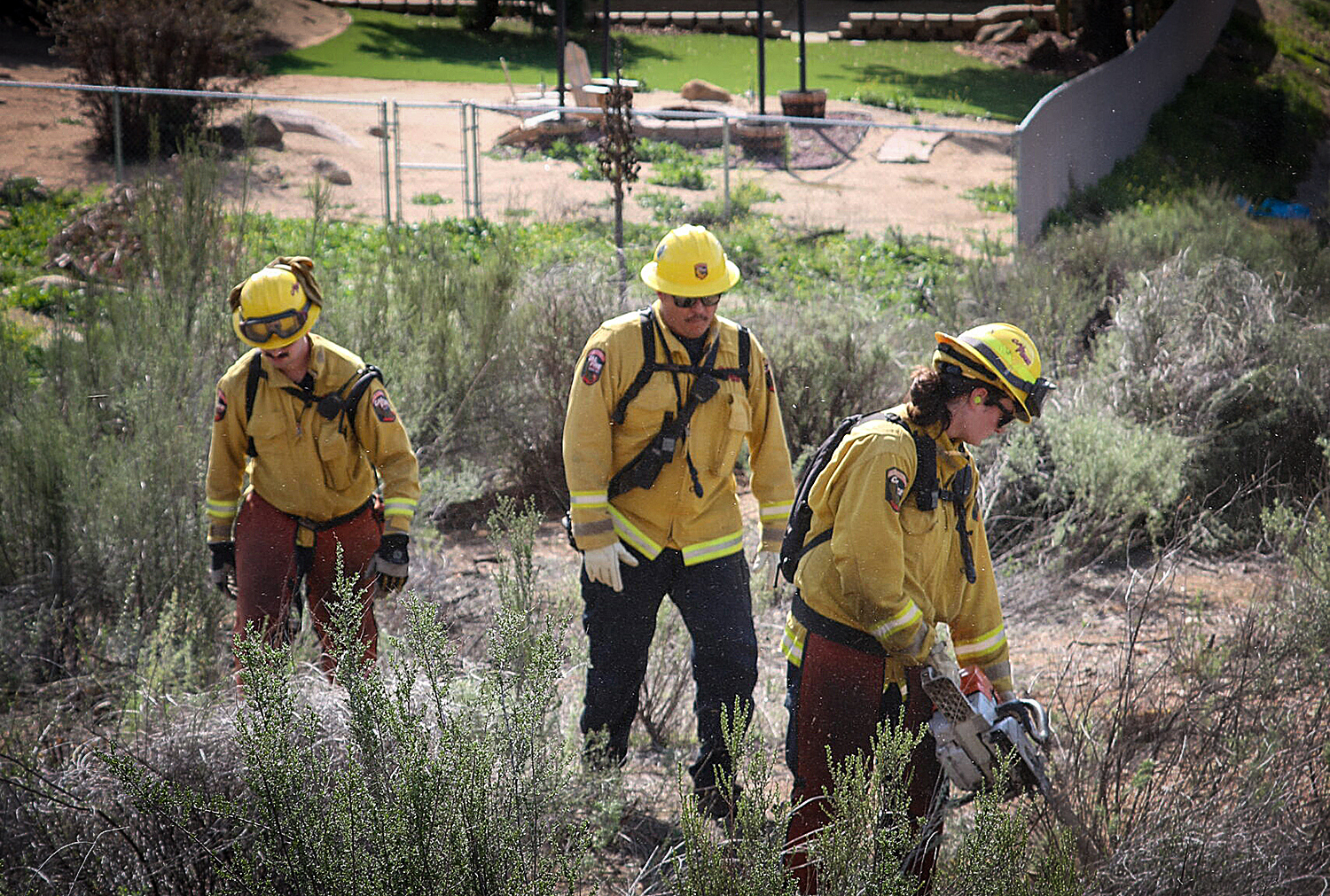
• Awarded $450 million for wildfire prevention: Since 2019, CAL FIRE has awarded more than $450 million for 450 wildfire prevention projects across the state, and conducts Defensible Space Inspections on more than 250,000 homes each year.
• Protecting homes: CAL FIRE established a new California Wildfire Mitigation Assistance Program to coordinate regional and local efforts with state policies, strategies, and programs for community wildfire mitigation, including a home hardening initiative that will provide funding for defensible space and ignition resistant retrofits to approximately 2,400 homes.
• Providing smoke updates: CARB’s California Smoke Spotter mobile app and Prescribed Fire Information Reporting System provide real-time information on smoke impacts from wildfires and prescribed burns.
5. Leading the Future of Fire: Expanding Capacity and Leveraging Technology to Tackle Wildfire
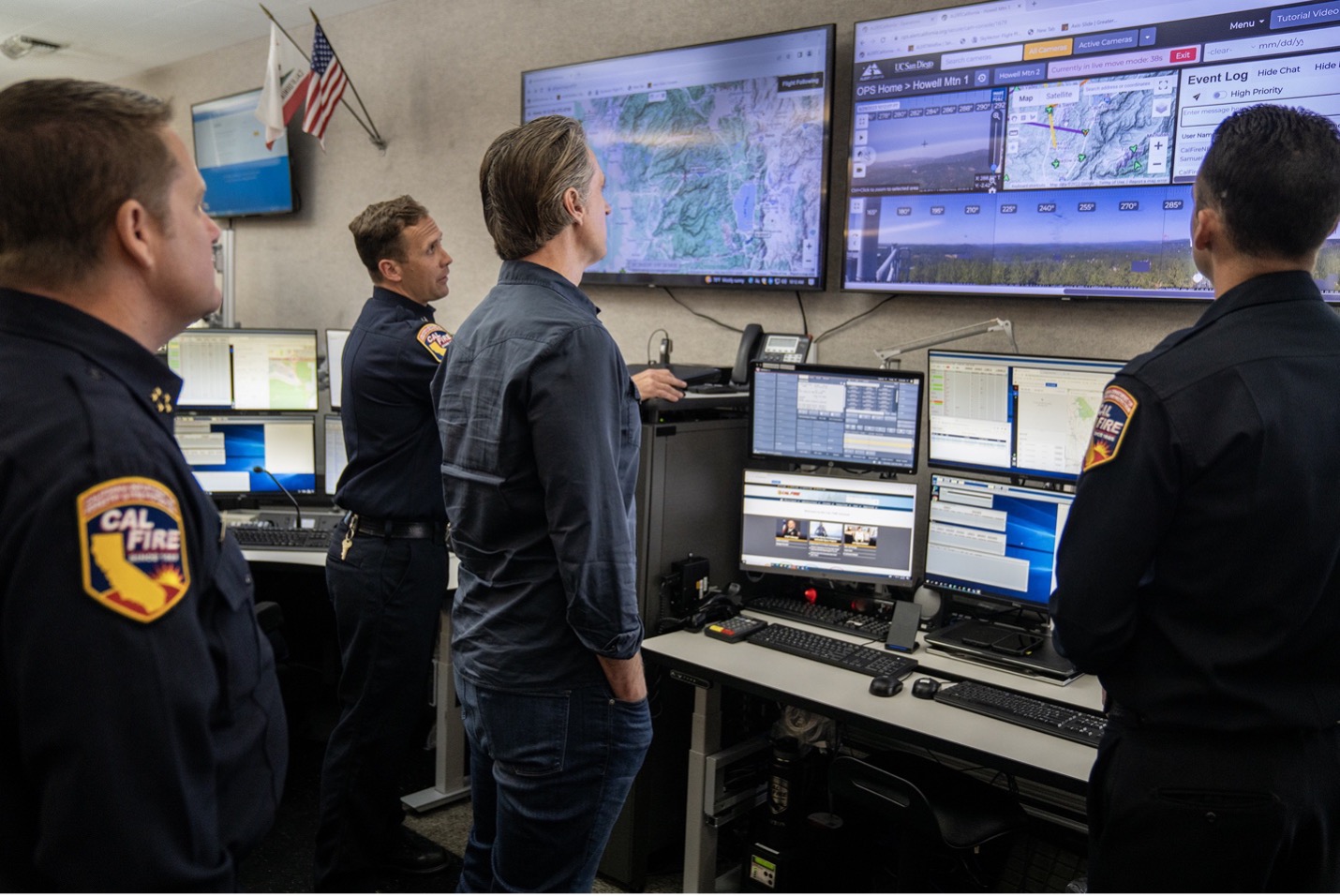
In addition to ramping up state work to increase landscape and community resilience, the Governor has substantially increased funding and staffing levels at CAL FIRE and Cal OES to improve the state’s ability to track, fight, and recover from fires.
• Increased firefighting capacity: CAL FIRE has enhanced its firefighting capabilities with 16 state of the art helicopters (FireHawks) and 7 C-130 tankers. And since 2019, CAL FIRE has added 55 type III engines, for a total of 398. Cal OES has added 106 engines to its fleet, for a total of 261.
• Utilizing AI to detect fires: CAL FIRE partnered with UC San Diego to support the development of ALERTCalifornia which utilizes AI to identify and monitor wildfires. ALERTCalifornia was named one of TIME’s Best Inventions of 2023.
• Integrated fire forecasting: In 2021, Cal OES and CAL FIRE established the Wildfire Forecast and Threat Intelligence Integration Center, in collaboration with the California Military Department and California Public Utilities Commission, to serve as the state’s central organizing hub for wildfire forecasting and coordination of wildfire threat intelligence and data sharing.
• Leveraging technology for fire response: CAL FIRE and Cal OES have also invested heavily in drones, satellite technology for advanced mapping, and AI-powered tools to spot fires quicker, and a Fire Integrated Real-Time Intelligence System (FIRIS) to provide real-time mapping of wildfires.
USDA California Climate Hub Provides Forestry Resource Repository for Land Managers
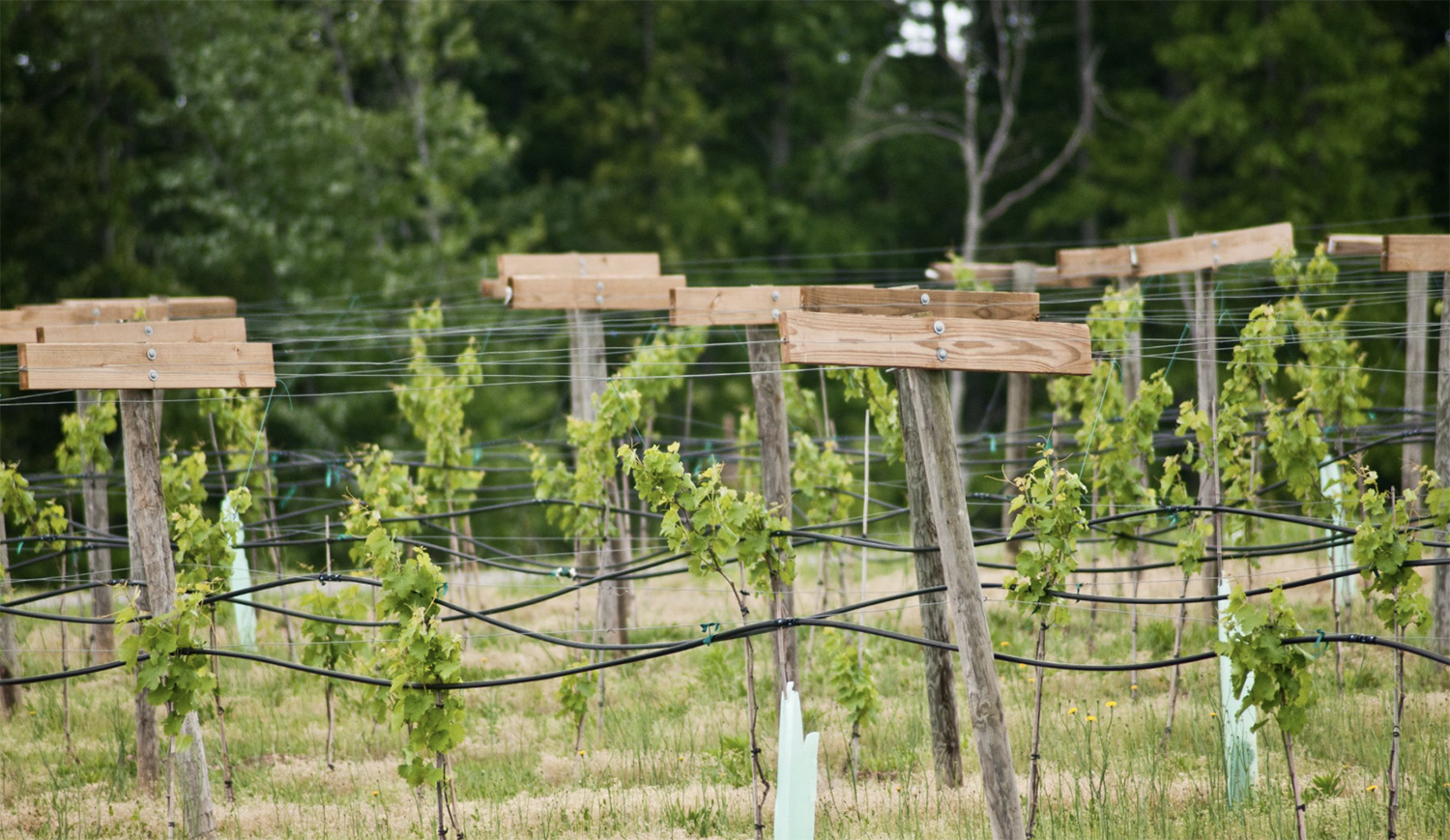
New Website Provides Forestry Resource Repository for Land Managers
January 8, 2025 – The USDA California Climate Hub released a new webpage that compiles datasets and decision-support tools to help land managers and natural resource professionals with assessing the conditions of a landscape for project planning. The list is not exhaustive of all resources but focuses on data and tools available to the public, with an emphasis on resources available within the state of California. The repository also contains a series of factsheets, produced by the USDA California Climate Hub, that offer a succinct overview of the California Wildfire and Forest Resilience Task Force’s Regional Resource Kits and its constituent products.
Survey Open to Collect Input from Landowners on Prescribed Burning
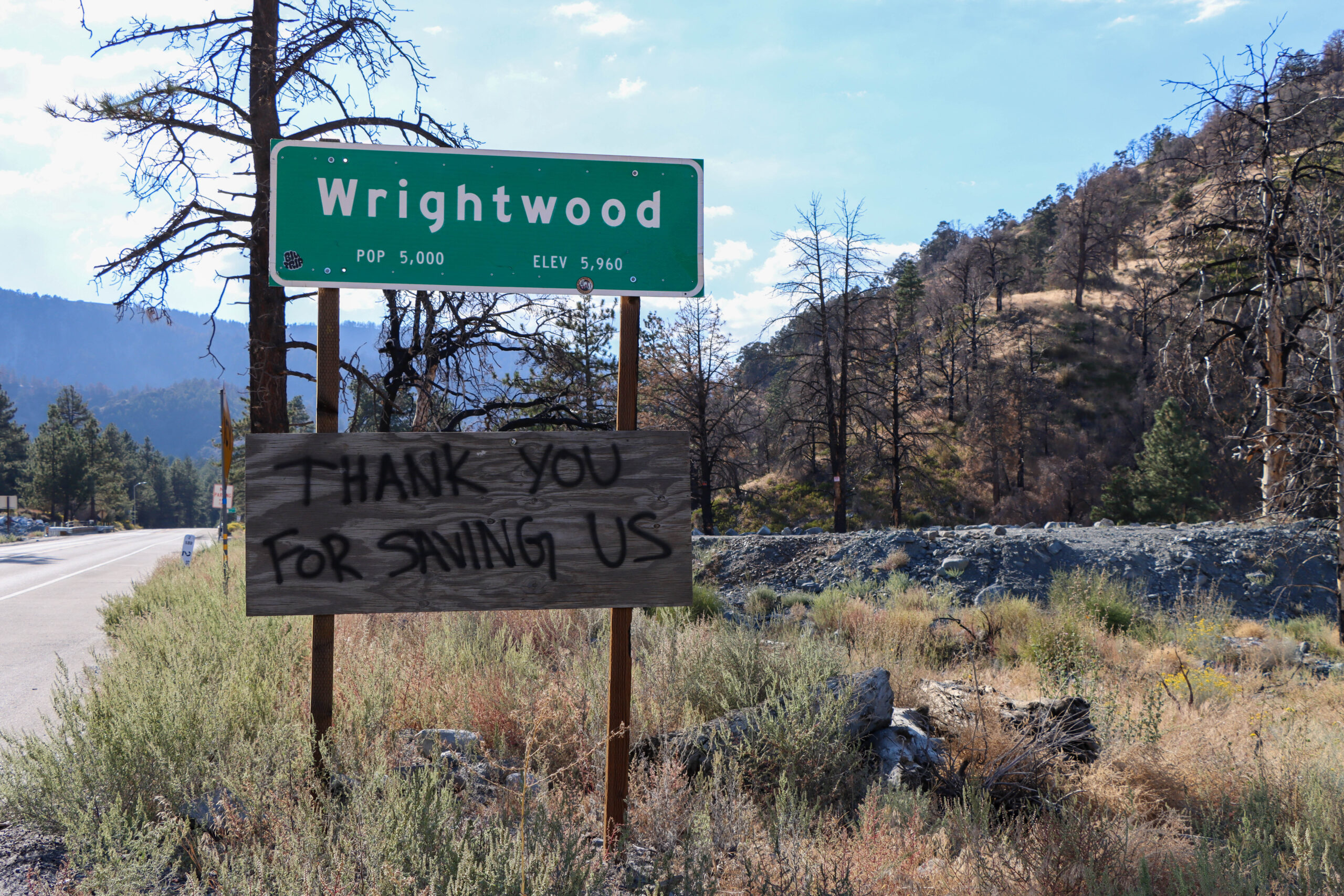
Survey Open to Collect Input from Landowners on Prescribed Burning
In collaboration with the University of California Cooperative Extension, Pennsylvania State University is conducting a survey to better understand private landowner perspectives and potential intentions to use planned burning in California. The objectives of this project are to:
•Evaluate private forest landowners’ attitudes towards prescribed fire in California.
•Identify barriers and opportunities for prescribed fire adoption in the state.
•Develop tailored support strategies for California landowners.
•Assess the influence of policy and environmental factors on prescribed fire use in California.
U.S. Forest Service Thinning Projects Protect Southern California Communities

U.S. Forest Service Thinning Projects Protect Southern California Communities
November 13, 2024 – Two of this year’s larger fires in Southern California, the Line Fire and the Bridge Fire, demonstrated how fuels treatments protect communities and natural landscapes. The Line Fire was fueled by high winds and steep terrain and quickly spread toward the community of Angelus Oaks. Luckily for firefighters defending Angelus Oaks, previous wildfire mitigation work in San Bernardino National Forest, including prescribed fire and mechanical thinning, enabled firefighters to suppress the wildfire before it was able to burn through Angelus Oaks.
A few days later, the Bridge Fire was heading toward the community of Wrightwood but first hit Forest Service fuel breaks, where trees had been thinned out five years prior. When the fire reached the fuel breaks, fire behavior altered, slowed, and allowed firefighters to contain the blazes before the fire could reach the 5,000 residents of Wrightwood. These success stories on the importance of preventive treatments build on effectiveness reporting by CAL FIRE and other Task Force partners that are doing the proactive work to protect landscapes and communities before wildfire strikes.
